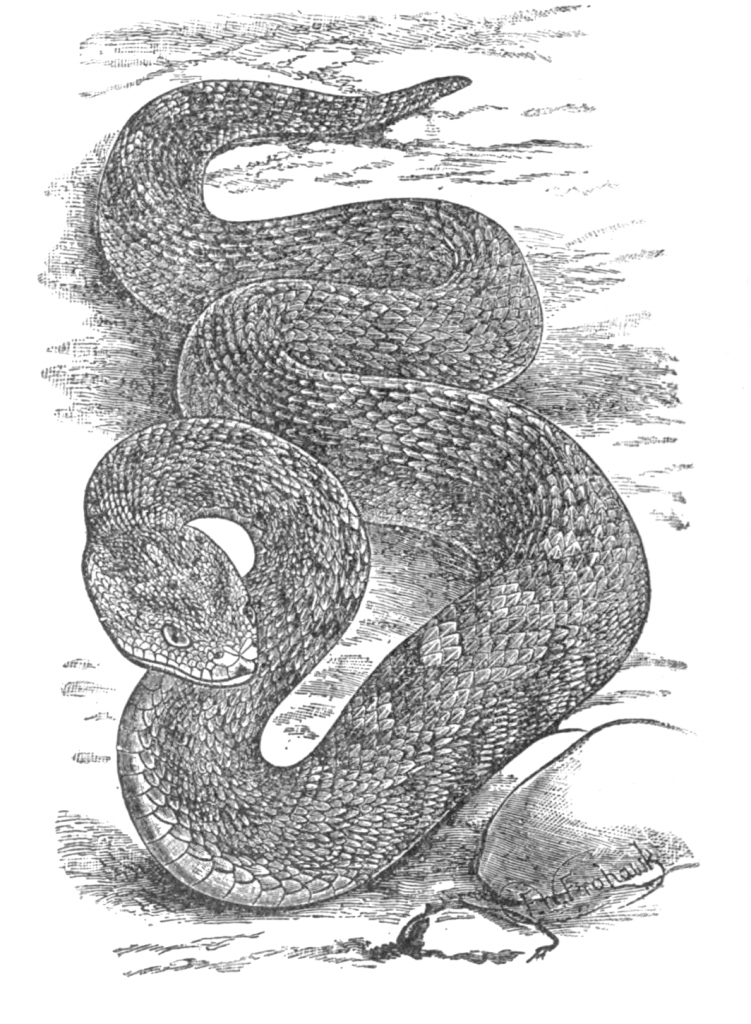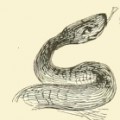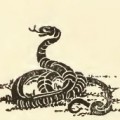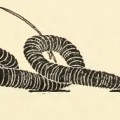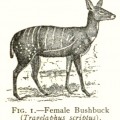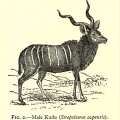He is a member of the “big four” vipers that are responsible for the most bites and deaths on the Indian continent. They are however also found in Sri Lanka, Bangladesh, Pakistan, Oman, Masirah Island, eastern United Arab Emirates, Iraq, Iran, Afghanistan, Uzbekistan, Turkmenistan and Tadzikhistan. As you might have guessed from that list; these vipers like it hot and sandy. They are sidewinders and that is perhaps what makes them so fast when striking. Sidewinders actually touch the sand in only two places. Scientists speculate this is how they don’t burn on the hot desert sand.
The Echis Carinatus viper, known as the “Indian Krait” grows to around 38 and 80 cm (15 and 31 in) in total length (body + tail). They average 24 inches or 60cm and is the smallest of the “big four”. Unfortunately, they don’t mind living in populated areas which is why they are involved in so many of the snake vs human encounters in the region.
This snake tends to feed on rodents, lizards, frogs, scorpions, centipedes and other large insects. Their adaptable diet has perhaps allowed these vipers to cover such a large geographic area.
This viper drawing comes to us from the 1911 encyclopedia which shall remain nameless. Thankfully, it’s in the public domain.
The viper drawing shown above is slightly smaller than the original. To view and download the largest version, simply click on the image itself.
This image is copyright free and in the public domain anywhere that extends copyrights 70 years after death or at least 120 years after publication when the original illustrator is unknown.
